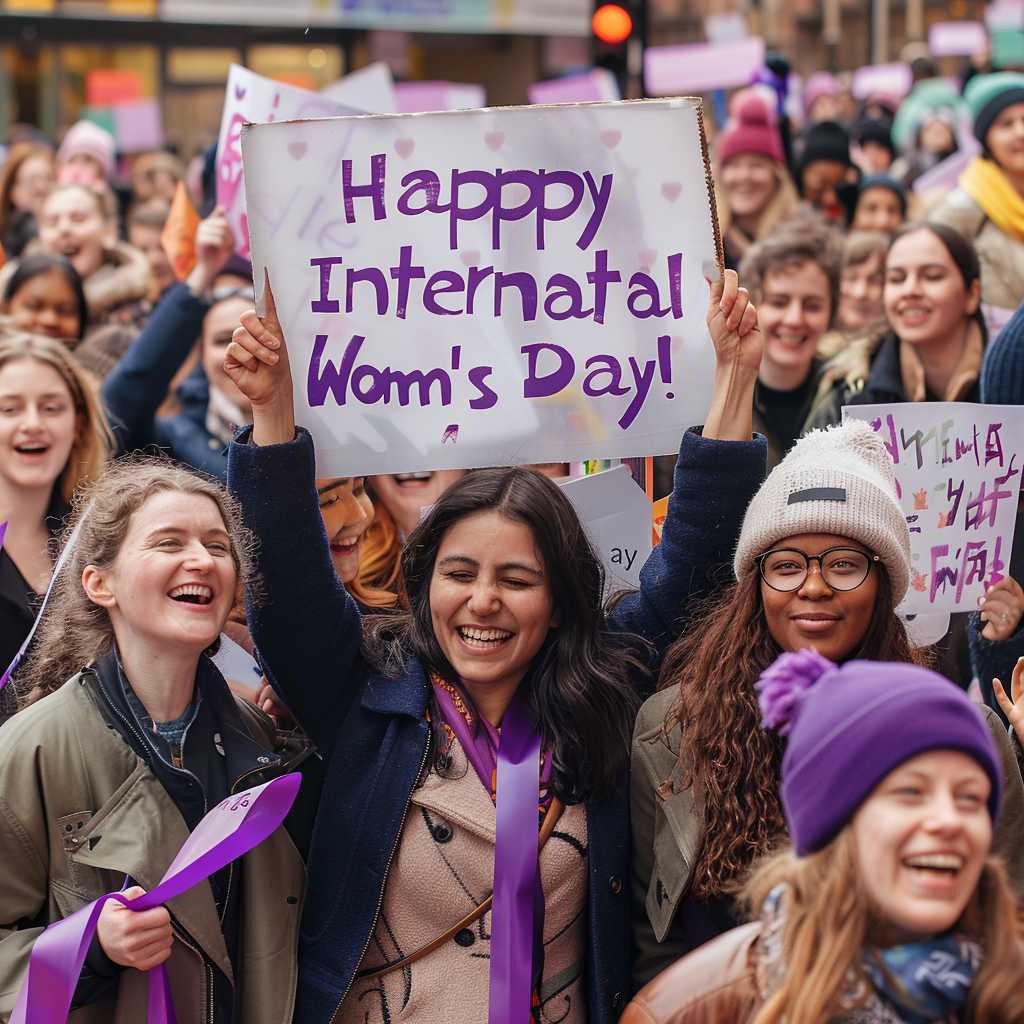Celebrating Achievements and Striving for Equality: International Women’s Day
International Women’s Day (IWD) is a global celebration that recognizes the achievements of women and raises awareness about gender equality. March 8th marks a day of international observance and advocacy for women’s rights and participation across all aspects of society. This article explores the significance, history, global involvement, themes, and how different societies celebrate this important event.
History and Evolution of International Women’s Day
The origins of International Women’s Day trace back to the early 20th century when women started to raise their voices against oppression and inequality. Initially rooted in the labor movement, February 28th, 1909, marked the first National Woman’s Day in the United States, organized by the Socialist Party. The event commemorated the New York garment workers’ strike where women protested against working conditions.
The idea of an international day advocating for women became more prominent when German Marxist Clara Zetkin proposed the idea at the International Socialist Women’s Conference in 1910. The date of March 8th was formalized in 1917 after women in Russia chose to protest and strike for ‘Bread and Peace’, which played a role in the Russian Revolution.
United Nations Recognition
Since 1975, with the beginnings of the United Nations Decade for Women, International Women’s Day gained further reach and recognition when the United Nations officially began celebrating this day.
Global Participation and Evolving Themes
Every year, International Women’s Day sees diverse participation from across the world. Governments, corporations, NGOs, educational institutions, community groups, and media hubs contribute to a breadth of activities such as marches, talks, campaigns, and presentations aimed at raising awareness about women’s issues.
Evolving Themes
Each year International Women’s Day carries a unique theme to highlight specific concerns and goals related to women’s rights. Past themes have included “Women in Leadership”, “Gender Equality Worldwide”, and “Women’s Empowerment”. The ability to adapt its thematic focus allows International Women’s Day to remain relevant and impactful within changing global contexts.
Worldwide Celebrations and Advocacy
How Nations Celebrate
Across various countries, International Women’s day is celebrated differently:
–
Educational Events: Seminar and workshops are conducted globally to educate both men and women about gender equality and empowerment.
–
Political Rallies: In some regions like Europe and America, IWD is synonymous with demonstrations and rallies advocating for women’s rights.
–
Cultural Programs: Countries incorporate local cultural elements such as illustrating significant women or hosting performances that shed light on issues related to gender discrimination.
–
Global Media Focus: Traditional and social media channels discuss progress and ongoing challenges striving towards promoting its messages of equality. Challenges and Criticism
Challenges and Criticism
International Women’s Day isn’t without its critics. Some argue that the day risks being diluted by superficial acknowledgments that don’t address deep-rooted inequalities or systematic challenges faced by women globally. There is also discussion around the commercialization of the day as many businesses harness it as an opportunity for targeted marketing.
Strides Towards Equality: Then vs Now
Progress Over Time
Looking into past struggles compared to current times there has been progress on multiple fronts:
– Voting Rights: Since the beginnings of major feminist movements up until now, numerous countries have granted voting rights to women.
– Workplace Progression: From labor laws to achieving greater representation in corporate leadership, strides have been made towards a more balanced work environment for women.
– Education: More girls have access to education today with significant improvements in literacy rates compared to one hundred years ago.
Ongoing Challenges
Despite achieved milestones:
– Gender Pay Gap: Women on average still earn less than men for performing similar roles.
– Violation of Rights: Many regions still observe high rates of violence against women including domestic abuse, human trafficking, and limits on reproductive rights.
– Underrepresentation: Political representation remains disproportionate particularly in higher levels of governmental decision-making.
